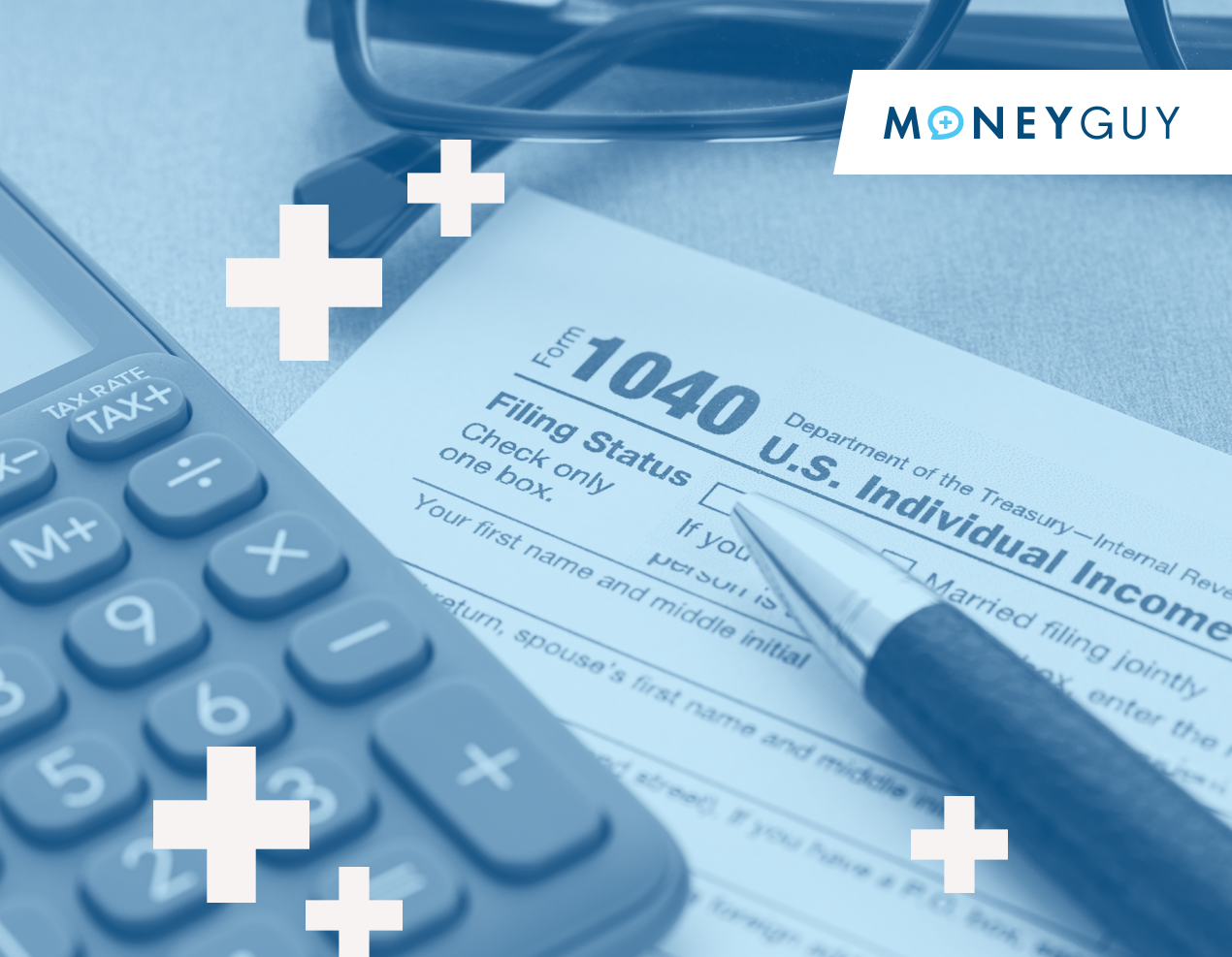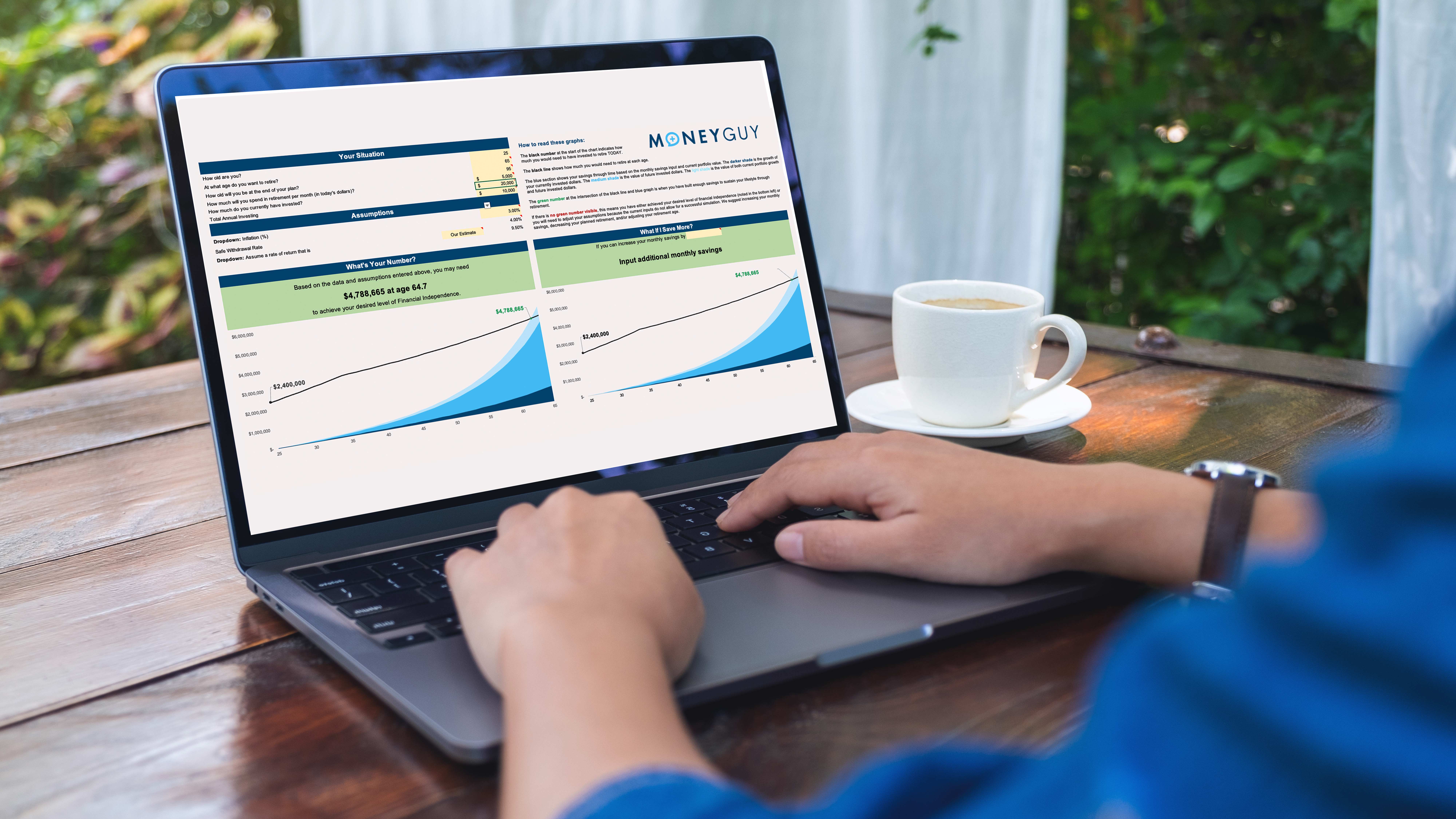
Change your life by
managing your money better.
Subscribe to our free weekly newsletter by entering your email address below.

Subscribe to our free weekly newsletter by entering your email address below.
Money-Guy 01-28-2010
Well here it is; we finally did it. You have been writing, calling, and asking for us to explain and go through the nuts and bolts of the Roth conversion and why 2010 is such an important year. You can’t really turn on any financial media or read any financial literature and not come across something that at least mentions or alludes to the this planning opportunity.
So what is so different about the year 2010? Well, there are actually two big differences:
Why would you want to have money in a Roth IRA? With a Roth, contributions are made with after-tax money. Simply put, there is no immediate tax benefit from putting money into a Roth IRA. However, that money is allowed to grow tax-free and withdrawals in retirement are tax-free as well assuming certain conditions are met. Not only this, but there are also no Required Minimum Distributions associated with Roth IRAs when you reach age 70 and a half.
As you listen to the show, I will walk through the ins and outs of the process, who it makes sense for, and also who it does not make sense for. As a summary, if any of the following describe you, then you may be a good candidate for the conversion:
I also explain our analysis on how we make the determination for our wealth management clients of whether to convert or not, and, if so, how much they should convert. Hopefully as you listen, you will recognize the questions you should ask and the thoughts you should have to determine if this is a planning opportunity you should take advantage of.
You will also hear me share some listener emails in the show today. This show is produced for you, the listeners, and you have no idea how much we value your comments and feedback! Please keep them coming so that we can provide you with the content you want to hear.


Tax Guide 2023
Updated for 2023! Ever wonder what the highly trained professionals use to tax plan? Wonder no more! We’ve assembled the…
View Resource
Financial Order of Operations®: Maximize Your Army of Dollar Bills!
Here are the 9 steps you’ve been waiting for Building wealth is simple when you know what to do and…
View Resource
How Everyday 30-Year-Olds Can Stay on the Path to Becoming Millionaires!
Read MoreHow to Become a Millionaire By Age (30-Year-Olds): 2024 Edition
Read MoreWhere Should You Invest? (A Beginner’s Guide to Investing in 2024)
Read More

How about more sense and more money?
Check for blindspots and shift into the financial fast-lane. Join a community of like minded Financial Mutants as we accelerate our wealth building process and have fun while doing it.




It's like finding some change in the couch cushions.
Watch or listen every week to learn and apply financial strategies to grow your wealth and live your best life.
Subscribe to our free weekly newsletter by entering your email address below.